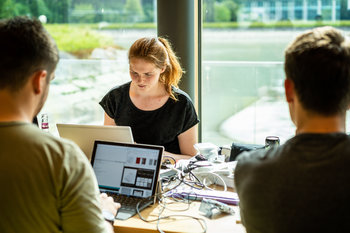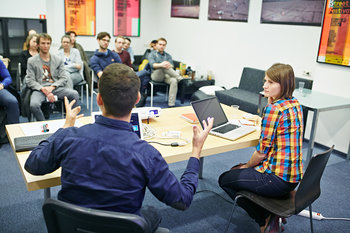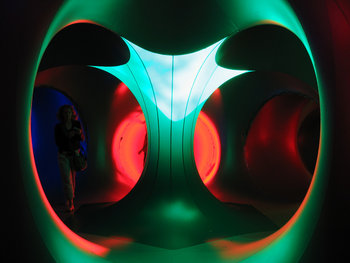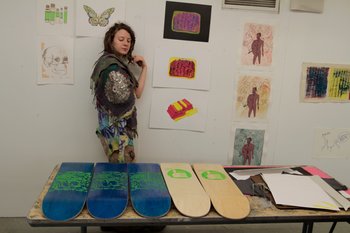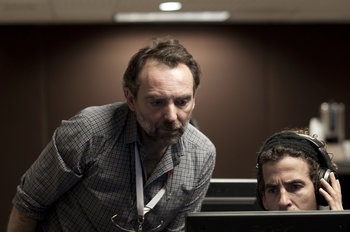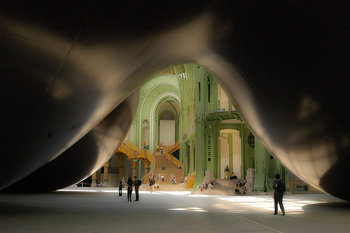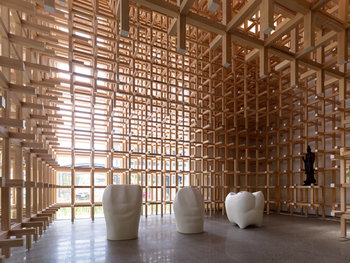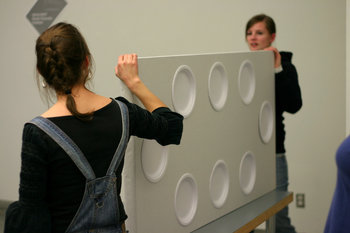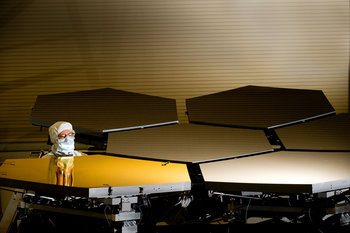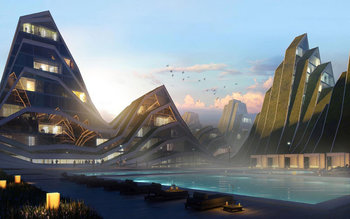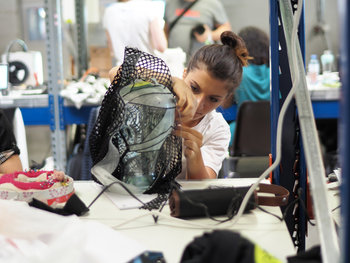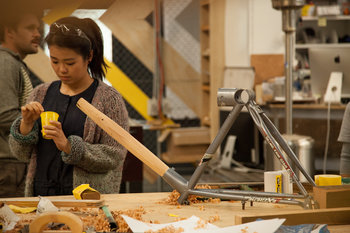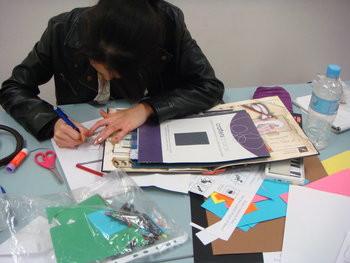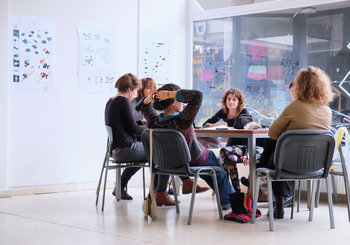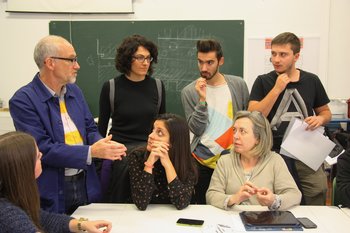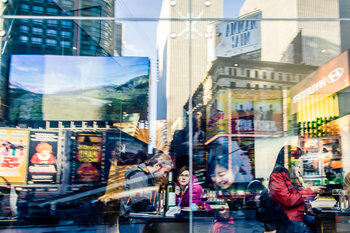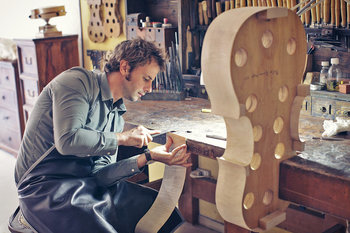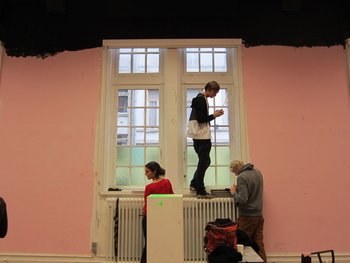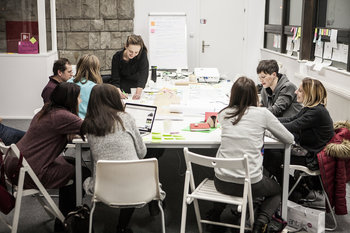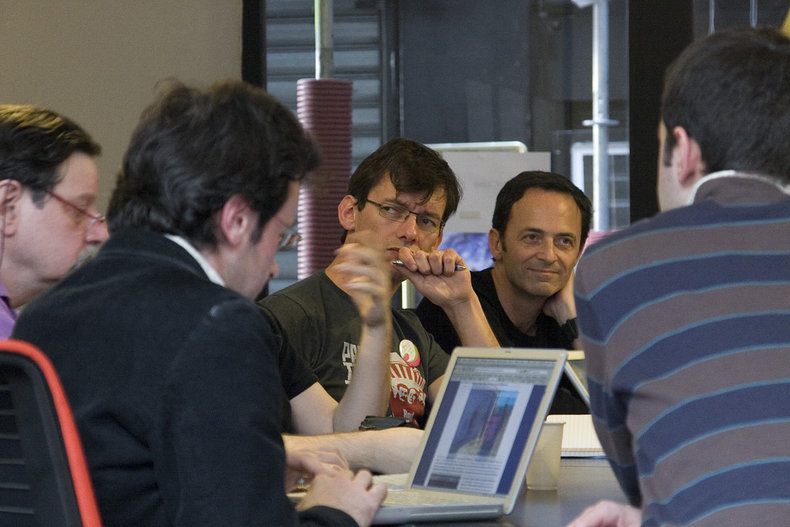
Capital Investment
A solar manufacturing startup has limited capital. It seeks ways to reduce the cost of a factory expansion by cutting requirements to the bare minimum and designing the facility to make efficient use of space and machinery.Lifecycle Cost
The planning for a new data center seeks to reduce monthly cooling, power and infrastructure costs. A location is selected that will allow for a large solar panel installation as part of the facility in an area serviced by multiple internet backbones. The design of the facility allows for efficient cooling and use of space.Consumer Products
An ice cream manufacturer has a line of products that are all priced over $3 with a 40% margin. A competitor has taken considerable market share with a product priced at $1. The firm responds with a project to develop a dozen test products each with a target $0.60 unit cost.Durable Goods
A firm that manufacturers solar panels needs to cut unit costs by 30% a year to stay competitive. The design of products at the firm is completely focused on improving manufacturing efficiency to achieve lower unit costs.Backward Invention
Backward invention is the process of removing functions, features and quality from a successful product to sell it at a lower price. For example, a mobile device manufacturer that wants to create a $100 version of a $700 device to sell in a developing market.Public Services
Healthcare equipment that has the potential to save many lives has a cost of $400,000 such that many community hospitals in a nation can not afford it. A government funds a university research program aimed at designing a $20,000 version of the equipment.Architecture
An architectural competition asks participants for the most cost-efficient design for a vertical garden that can feed 1 million people.Notes
The opposite of design-to-cost is design-to-value that seeks to maximize the value of requirements and design. In practice, most projects balance complex design constraints such as time, schedule, cost, value, compliance and risk tolerance.| Overview: Design To Cost | ||
Type | ||
Definition | The process of reducing cost in the requirements and design phase of a project. | |
Related Concepts | ||



